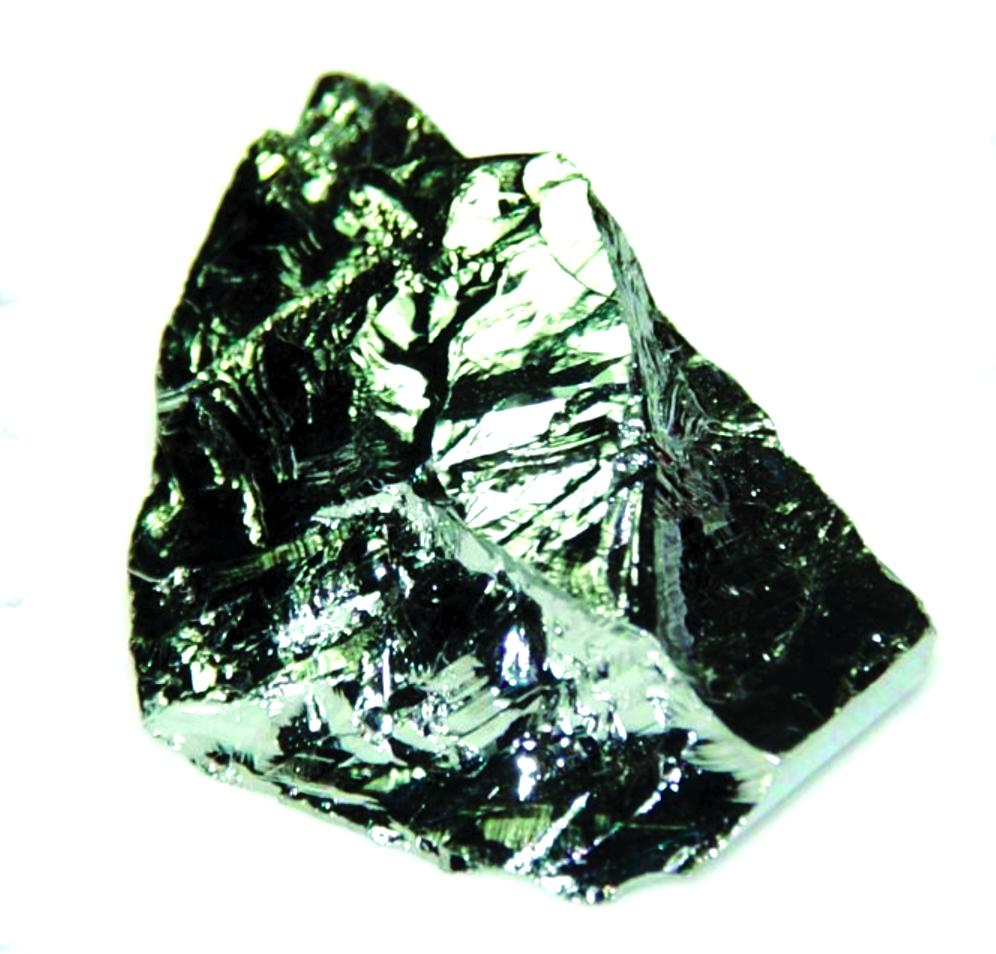Our Products

The element Germanium, atomic number 32, atomic weight 72.60, density 5.36, had been predicted by Mendeleev in his periodic table, but it was not found until 1886. A German chemist, Clemens Winkler, isolated this trace element and named it Germanium. In 1948, it came to be used for its semiconductor properties by U.S. Bell Laboratories, and played a major role in the development of the semiconductor electronics industry.
Germanium is present in all living plant and animal matter in micro-trace quantities. Its therapeutic attributes include immuno-enhancement, oxygen enrichment, free radical scavenging, analgesia and heavy metal detoxification. Toxicological studies document Germanium's rapid absorption and elimination from the body, and its safetyClinical trials and use in private practices for more than a decade have demonstrated Germanium's efficacy in treating a wide range of serious afflictions, including cancer, arthritis and senile osteoporosis.
Germanium's anti-viral and immunological properties, including the induction of interferon, macrophages, T-suppressor cells and augmentation of natural killer cell activity, suggest its possible efficacy in treating and/or preventing AIDS.


